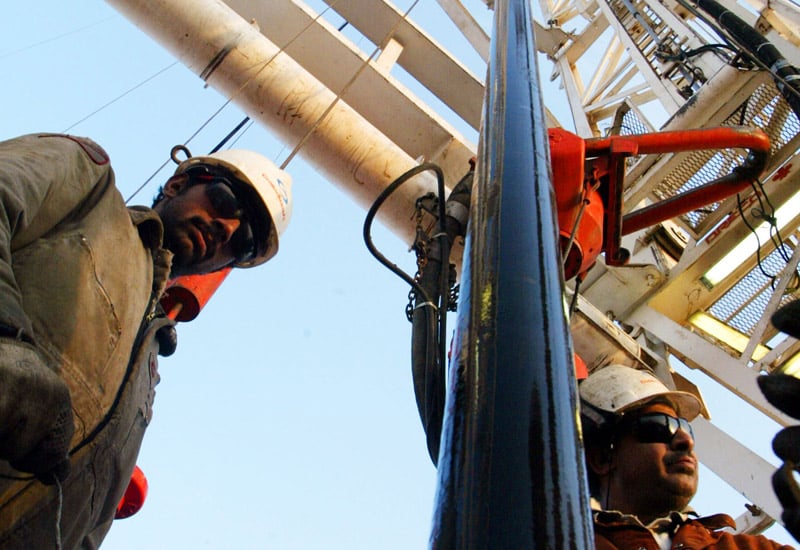Kuwait, a key oil producer in the Middle East, announced a substantial discovery of oil and gas in an offshore field near Failaka Island on Sunday. The Kuwait Petroleum Corporation (KPC) disclosed this major find during a meeting with the Emir of Kuwait, Sheikh Mishal Al-Ahmad Al-Jaber Al-Sabah.
Preliminary evaluations reveal that the Al-Noukhitha offshore field contains around 3.2 billion barrels of oil equivalent, including 2.1 billion barrels of light oil and 5.1 trillion standard cubic feet of gas. These estimates were provided by the Kuwait Oil Company (KOC), the government agency responsible for exploration and production, in a statement to the Kuwaiti news agency KUNA.
KOC is optimistic about the potential of the Al-Noukhitha field and believes further exploration could uncover additional reserves in various layers and reservoirs. The company plans to expedite extraction efforts to begin utilizing the resources from this field as quickly as possible.
Kuwait, which has been exporting crude oil since 1946, currently produces approximately 2.4 million barrels per day (bpd) of crude oil. This production level aligns with the OPEC+ agreement, which includes OPEC members and other significant oil producers such as Russia.
As a founding member of OPEC, Kuwait ranks as the fifth-largest producer in the cartel, following Saudi Arabia, Iraq, Iran, and the United Arab Emirates (UAE).
Earlier this year, Sheikh Nawaf Al Sabah, KPC’s chief executive, outlined Kuwait’s ambition to increase its oil production capacity to 4 million bpd by 2035, up from just over 3 million bpd currently. Additionally, Kuwait aims to enhance its capacity to process heavier grades of crude oil domestically, freeing up more volumes of higher-value lighter crudes for export.

Last year, Kuwait began reducing its sour crude exports as the new Al-Zour refinery, with a capacity of 615,000 barrels per day, commenced operations. This strategic move is part of Kuwait’s broader goal of optimizing its crude oil processing and export capabilities.



